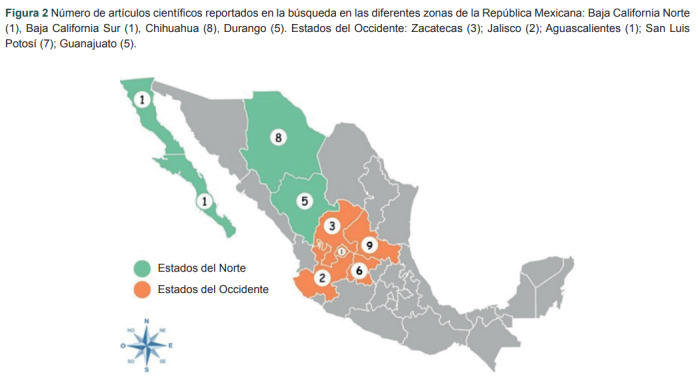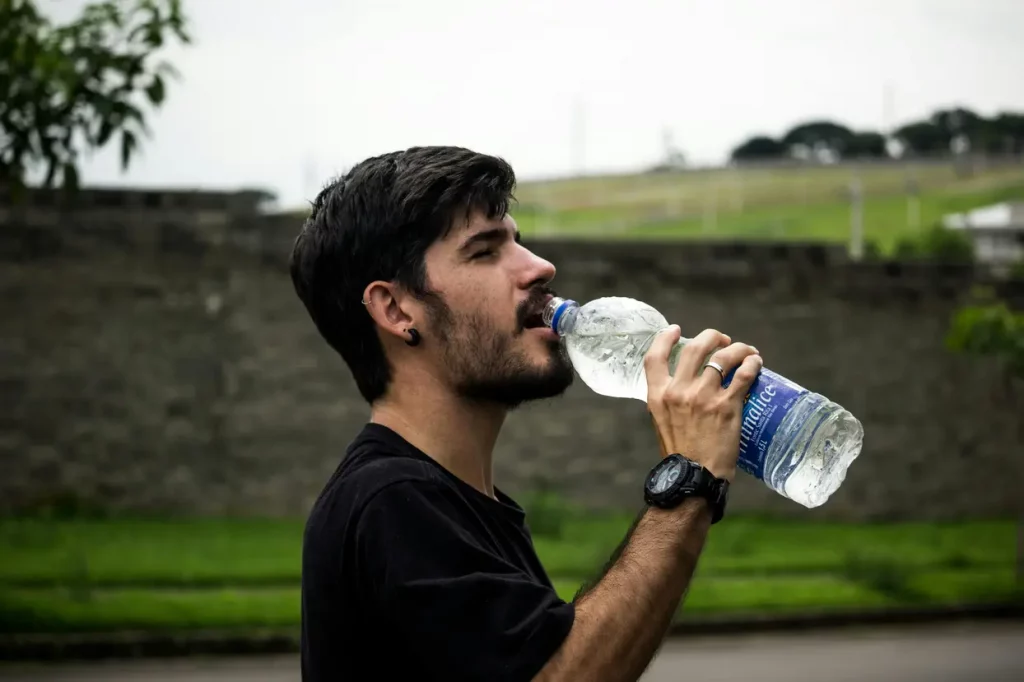
We have discussed the health benefits and risks of fluoride in water and the international limits recommended for its consumption.
In Mexico, the regulation on fluoride in water is mainly found in the Official Mexican Standard NOM-127-SSA1-1994, “Environmental health. Water for human use and consumption – Permissible limits of quality and treatments to which water must be subjected for its purification.” Section 4.3 establishes that the permitted limit of fluorides (F⁻) is 1.5 mg/L.
Likewise, the Official Mexican Standard NOM-201-SSA1-2015, “Products and services. Water and ice for human consumption, packaged and in bulk. Sanitary specifications”, sets the maximum permissible limits for fluorides at the values of 0.70 mg/L and 2.0 mg/L, depending on the type of product.
Section 8.2.3 of the law states that, for natural mineral water, when the product contains more than 0.7 mg/L of fluoride, the legend must be included on the label, near the trade name: “Contains fluoride”. In addition, if the concentration is greater than 1.5 mg/L, the label must state: “This product is not suitable for infants and children under seven years of age”.
North and west of Mexico, the region with the highest concentration of fluoride
In 2022, a review of various studies that reported the levels of fluorides in tap and bottled water in the northern and western regions of Mexico was carried out. This investigation offered a more complete perspective on the presence of this mineral in the territory.
The most relevant problem is centralized in the north and west, regions where it is estimated that around 20 million people consume water with fluoride levels above the established limits. Among the most affected Mexican states are San Luis Potosí, Durango, Zacatecas, Jalisco, Chihuahua, and Sonora.

Number of scientific articles reported in the search in the different areas of the Mexican Republic. Source.
Studies have been carried out in the north of the country that relate the concentration of fluorides in water with the presence or severity of dental fluorosis. In states such as Durango and Chihuahua, this condition is considered endemic, especially in rural communities with limited access to dental services. Health concentrations of up to 9.23 mg/L in tap water have been reported, representing almost ten times the permitted value.
It should be noted that in the same regions, the presence of arsenic in water and the possible co-exposition of both elements are also studied, which could be associated with serious health problems, including kidney diseases and even certain types of cancer.
Exposure to fluoride through food and bottled water
The impact of fluoride on children’s health depends, to a large extent, on the daily dose ingested through contaminated water or food.
In a study carried out in Lagos de Moreno, Jalisco, Mexico, 86.4% of the water samples from homes analyzed exceeded the limit of 1.5 mg/L established by NOM-127-SSA1-1994, in accordance with what was previously reported by Hurtado-Jiménez and Gardea-Torresdey. Levels up to ten times higher than those allowed have been recorded in these localities.

Lagos de Moreno. Image: instagram @es_mexico_
Also, in this same report, it was observed that almost 17% of the bottled water samples of registered brands exceeded the limit of 1.5 mg/L indicated in NOM-201-SSA1-2002. The situation was more critical in the case of unbranded bottled water, where 45.7% of the samples exceeded this value.
The presence of fluoride in water in Mexico represents a public health challenge that transcends regulations. Although there are official standards that establish clear limits and labeling measures to protect the population, reality shows that in several regions of the country, these parameters are exceeded, leaving the population without safe sources of this liquid.
Greater pressure must be placed on government agencies to develop water purification solutions and on private industry to effectively comply with regulatory parameters on the matter.
How can fluoride be removed safely from water?
The excessive presence of fluoride in water represents an urgent public health problem in various regions of Mexico, especially in the north and west of the country. Although there are regulations, the levels detected in many communities alarmingly exceed the limits, exposing populations.
In this scenario, it is essential to implement efficient and sustainable purification solutions that guarantee compliance with the parameters established by regulations. In this sense, Zeomedia offers an advanced alternative with Fluorex, a filter medium designed to remove fluoride from water in a safe, economical, and reliable method, ensuring a quality suitable for human consumption.
Authorities, companies, and society must share the responsibility of providing safe water, demanding the adoption of proven and safe technologies.

